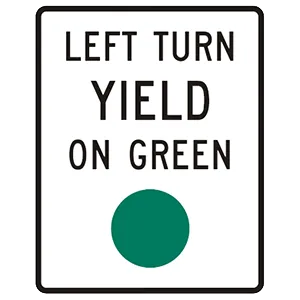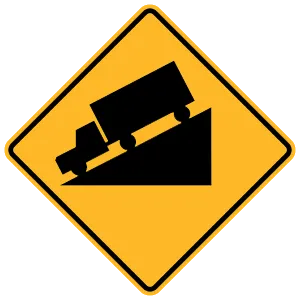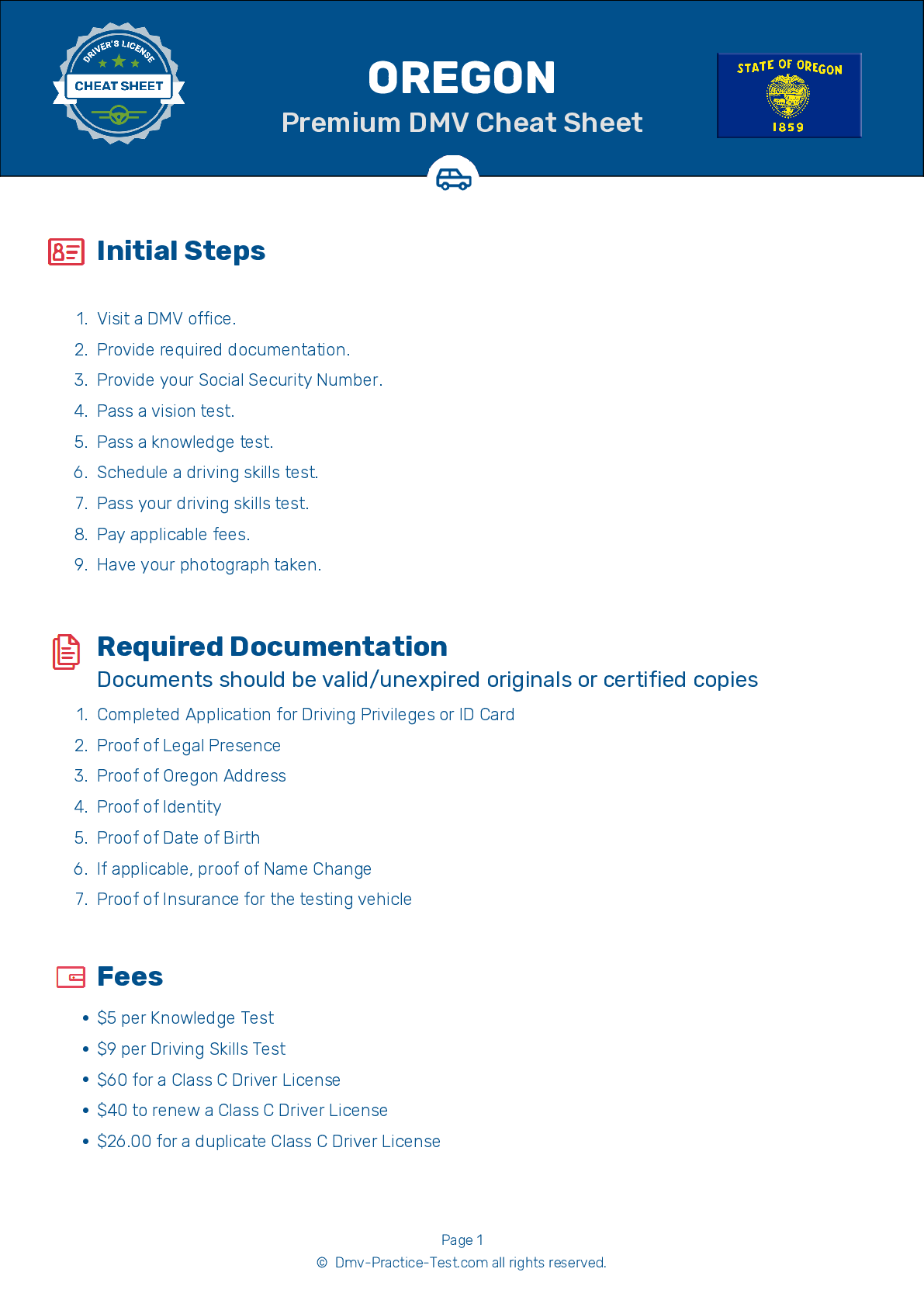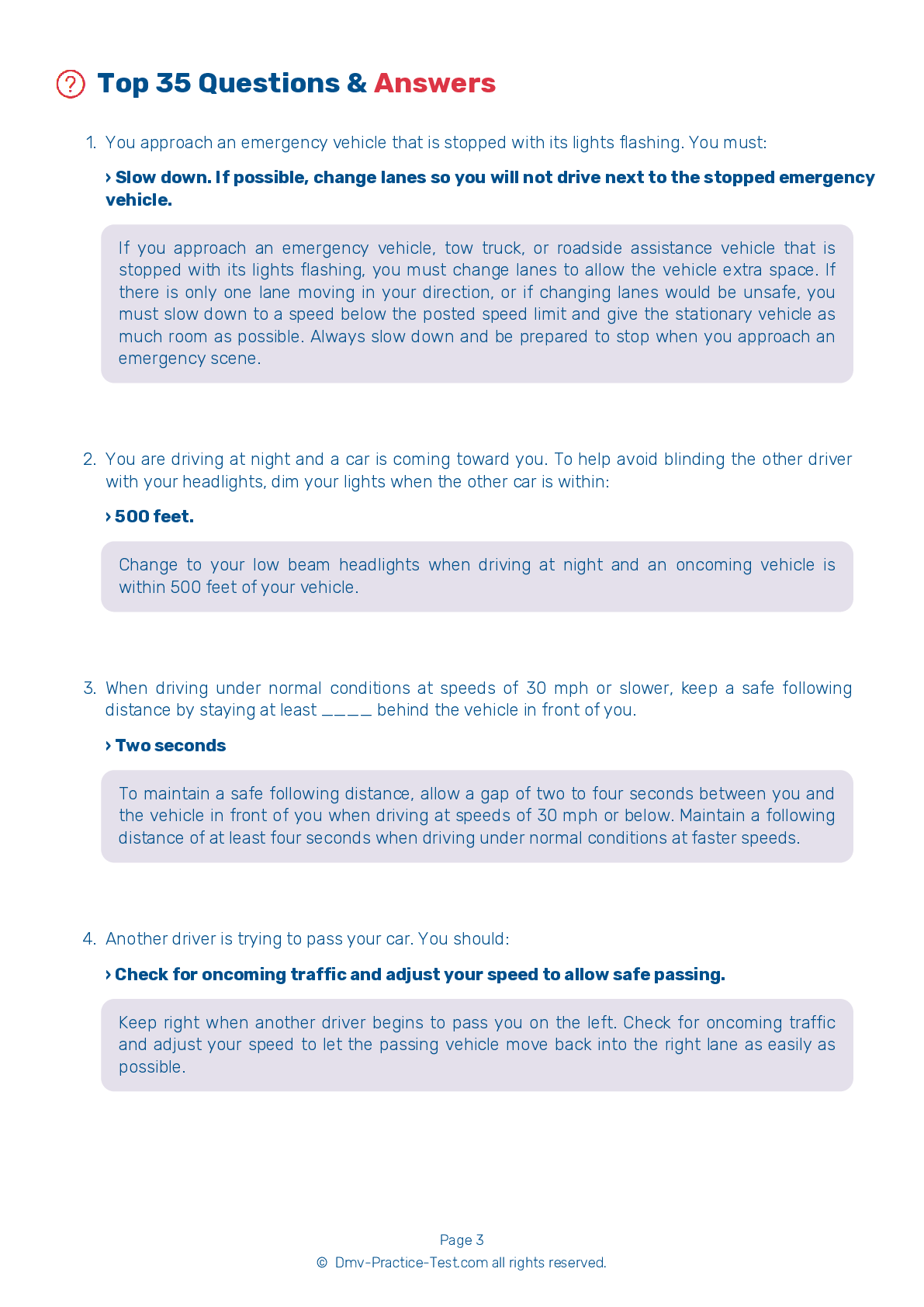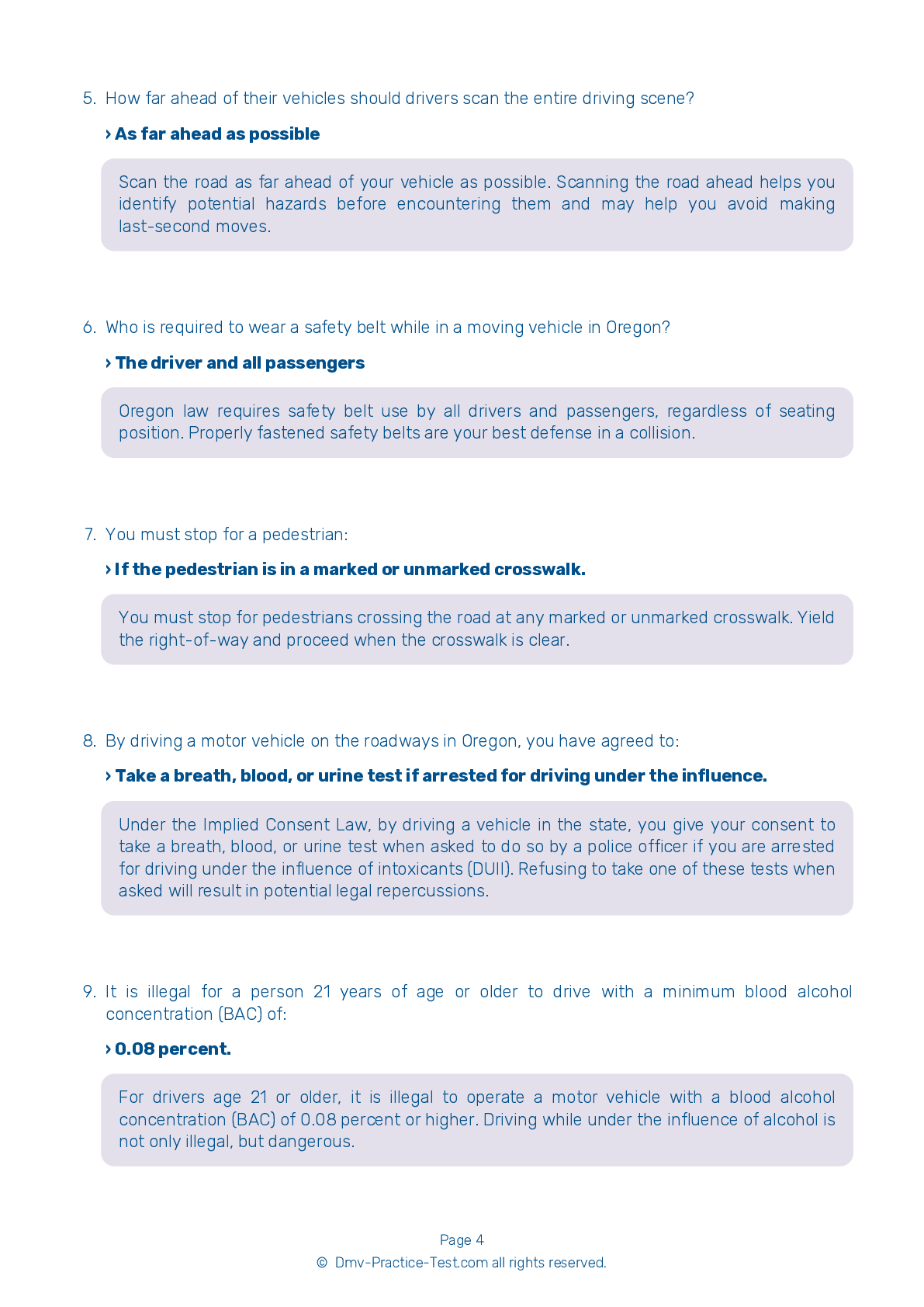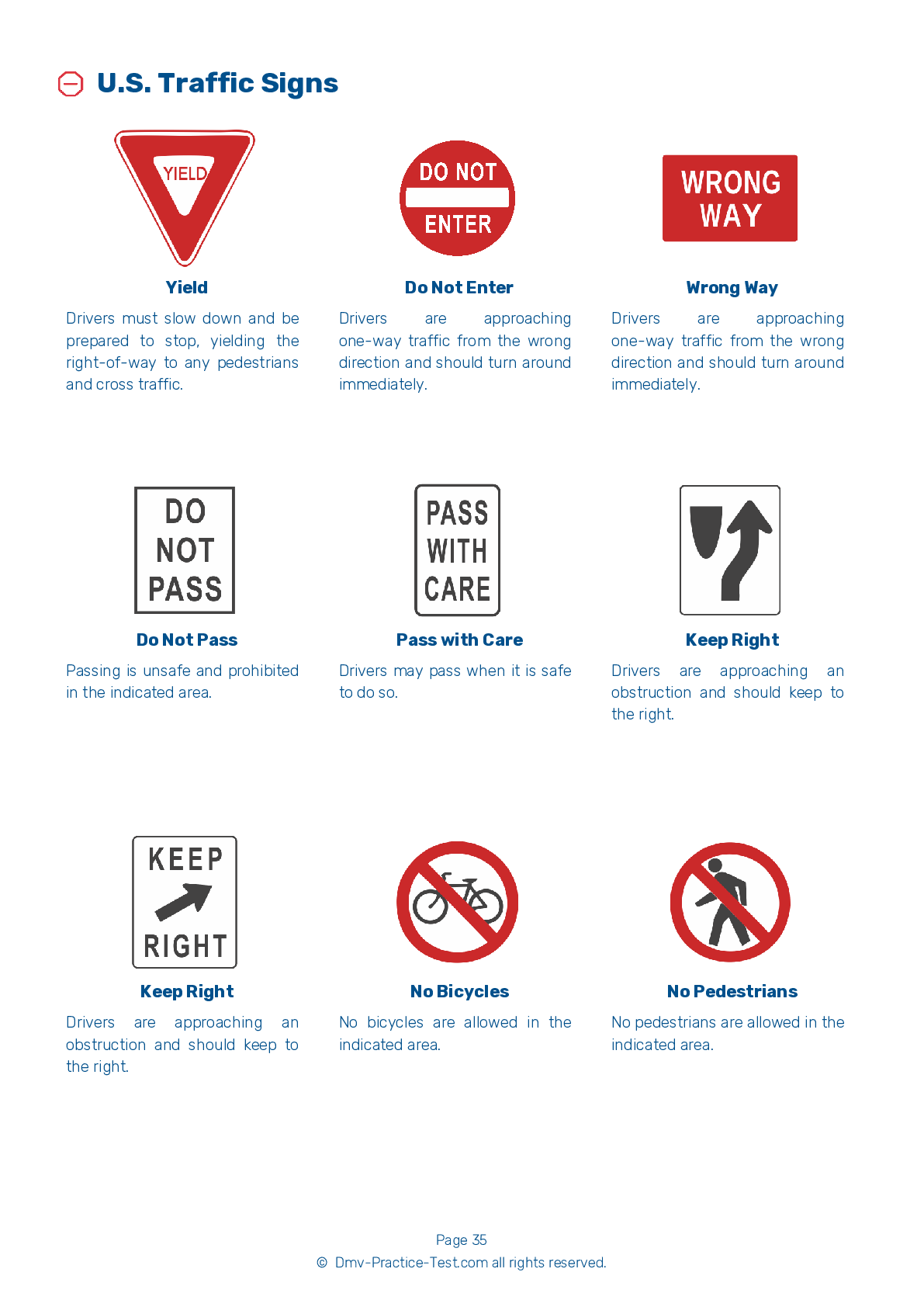FREE Oregon DMV Practice Test #5
The practise exams for the Oregon DMV have been updated for January 2025. It includes questions based on the most important traffic signals and regulations for 2025 from the Oregon Driver Handbook. To study for the DMV driving permit test and driver's licence exam, use actual questions that are very similar (often identical!) to the DMV driving permit test and driver's licence exam.
Each question on the practise exam has a tip and explanation to help you recall the ideas. Questions about traffic rules, traffic signs, and driving statutes, as well as knowledge from the Driver Handbook, will be included in the written portion of the official Oregon DMV test.
You must properly answer 28 of the 35 questions to receive a passing mark. Use the Oregon Department of Motor Vehicles' practise exam to help you prepare for your instruction permit or driver's licence.
The DMV exam is offered in a variety of languages.
Using any form of testing help will result in an automatic fail, and the DMV may take further action against your driver's licence, so avoid it.
1 . You may pass another vehicle:
You may not pass another vehicle on a hill or in a curve because you cannot see oncoming traffic and may cause a collision. Never pass another vehicle by driving onto the shoulder of a highway. Passing another vehicle by driving over a solid yellow line is prohibited.
2 . A driver who is taking a non-prescription drug should:
Many over-the-counter medications can affect your ability to drive safely. If you take medication, even a remedy for colds or allergies that is not prescribed, check the label for warnings about its effects. If you are unsure, ask your doctor or pharmacist about driving while on the medication.
3 . What does it mean when you see amber lights flashing on a school bus?
Flashing amber lights on a school bus warn that the bus is about to stop to load or unload children. If you see these lights, prepare to stop for the bus. When its red lights flash, come to a stop before reaching the bus and remain stopped until the red lights stop flashing.
4 . If your turn signals fail, you should use ____ to indicate that you are turning.
If your vehicle's turn signals do not work, you should use hand signals to indicate when you intend to change direction.
5 . At night, it is hardest to see:
Compared to signs and other roadside objects, pedestrians are hardest to see at night.
7 . This road sign means:
